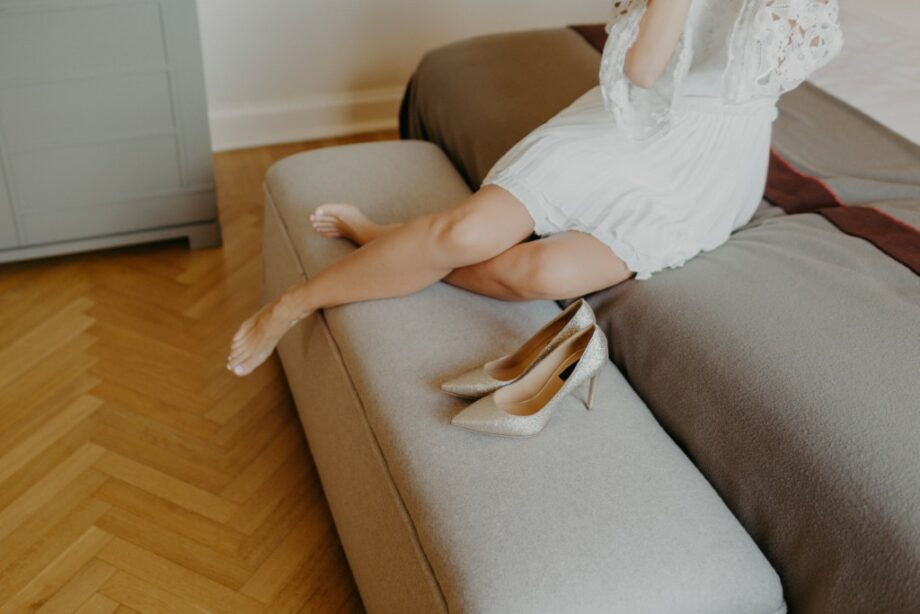Tianqi Chen, a fashion designer based in New York who is known for incorporating macrame and drawstring techniques into her designs, has just recently introduced her newest collection, which is titled The Woman Warrior. The collection demonstrates the women’s resiliency in the face of emotional challenges by presenting their work. Tianqi’s development of “The Woman Warrior” was not an easy process, but the work was important and valuable to her. During the process, she comes to the realization that the individual and collective memory of femininity is embodied in the pattern that she has created.
Tianqi, these pieces are stunning in their appearance. Could you please elaborate on the primary concept that you present in The Woman Warrior?
Sure! My inspiration came from the concern that many people, including myself, may have felt in relation to their body images. Through the creation of these pieces, I hope to raise awareness among women who are currently traversing or have previously traversed the route of relief-finding, to help them regain their confidence and defy body expectations and gender conventions. I have faith that women have the strength to overcome the emotional challenges they face.
I was wondering why you decided to incorporate macrame and drawstring into this collection
I believe that the process of Macrame is a discussion with the audience, and that using both hard and soft materials for the drawstring is the most effective way to portray the coexistence of both fragility and strength. The interlaced lines form triangles and rhombi, which are symbolic of the resoluteness and resistance that women possess despite their outward appearance of weakness.
Did you use Macrame in your prior design?
No. Prior to the epidemic, I was under the impression that I was more of a conceptual designer rather than a hands-on practitioner. Because I do not have access to a “conventional” studio space, I have been forced to reconsider my strategy for design and production. Knotting straight onto bodies was merely a method that was implemented in the beginning due to a lack of a sewing machine and a pattern table. Nevertheless, while going through this process, I developed a new way of looking at things and of expressing stories. My hands were tying knots in the cording while my eyes followed it around, and as I did so, I was thinking about the histories and entanglements resulting from the various individual interactions.
How do you define your design style?
I constantly make advantage of the drawstring feature in order to build a transformative system that not only enables the audience to adjust the fit of garments but also the appearance of those garments. My creation is versatile enough to be put on by people of many ages, sizes, heights, and genders.
During the process of creating The Woman Warrior, did you have any particularly memorable moments?
Of course! It’s possible that you guys can’t believe that all of the cording materials utilized in this collection were contributions of dead stock. This is because it was extremely difficult to find a factory that could produce and model that would fit during the Covid-19 quarantine. In order to change the color of the materials, I worked with natural dyes, and in order to minimize waste, I hand-knotted each look directly onto the models’ bodies. It would be possible to construct brand new items by disassembling all of the cording.
You worked in publishing before shifting your attention to the fashion industry, right? What made you decide to go in a different direction with your career?
My entire life has been dedicated to the field of fashion design. When I was in college, I encountered a few cultural problems, and I spent a lot of time trying to figure out who I was. Once enrolling in the Master of Fine Arts degree at Parsons School of Design, I began experimenting with macramé and crochet. As a result of my endeavors, I was given the opportunity to complete a knitwear internship at Thom Brown and was offered contractor work after I graduated. I believe that the decision I made regarding my line of work was a wise one.

